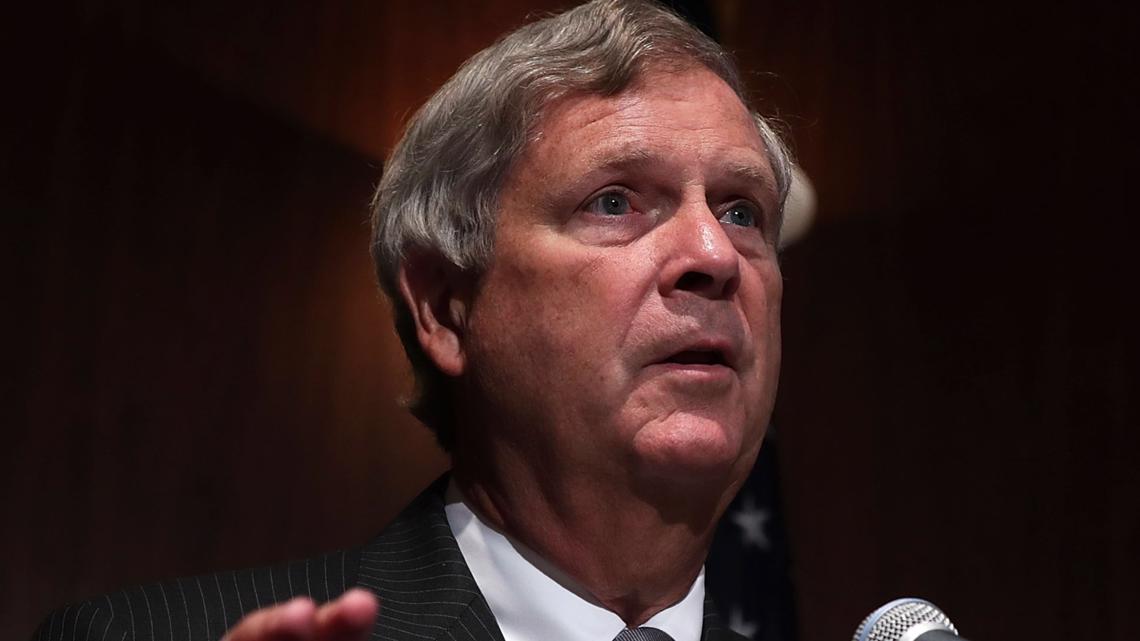
One, the reach of markets into our daily social lives is broader and deeper than contemporary rhetoric suggests, and two, issues of race and racism are not merely injected into marketplace practices, they fundamentally inform them. This brief historicising of policing in the United States illustrates two key points. The history of law enforcement’s brutal interactions with Black and other minoritised communities demonstrates that the methods and logic associated with slave patrols undergird modern policing. While slave patrols were technically disbanded upon ratification of the Thirteenth Amendment, their tactics and ideological underpinnings endure. In short, the purpose of these makeshift militias was to safeguard the financial interests of slaveholders by surveilling and policing Black people with impunity (Hadden 2001). During US antebellum, groups of armed and organised White men known as slave patrols were established ‘to chase down, apprehend, and return to their owners, runaway slaves to provide a form of organised terror to deter slave revolts and, to maintain a form of discipline for slave-workers who were subject to summary’ (Potter, 2013, p. Yet it is not just the form of modern-day policing that emerged from the marketplace, so too did its function. Modern policing in the United States emerged concurrently with urbanisation and vast expansions of industrialisation during the nineteenth century.Password1 Through the financial clout and influence of affluent merchants, over the course of the Industrial Revolution, decentralised and privatised policing was transformed into a taxpayer-funded centralised municipal system, enabling the merchant class to financially benefit as the cost associated with protecting their property and goods shifted to local governing entities (Spitzer & Scull, 1977 Hassett-Walker, 2019).

As largely a municipal function, policing is not typically situated within the confines of the marketplace, yet like many social practices, policing discourse stands at odds with its felt experience.

Instances of police killing unarmed Black people and other people of colour in the United States and Canada have resulted in ongoing peaceful protests and civil unrest across the globe. We also find ourselves at yet another flashpoint concerning police brutality. Even though the novel coronavirus inherently infects indiscriminately, marketplace practices rooted in white supremacist ideology, like retail redlining and profiling, have moulded a world where quality of life and life expectancy are fettered to racialisation, and as a consequence, populations of colour are far more likely to contract and die from COVID-19 (Crockett & Grier, 2020). The world finds itself amid a public health crisis that is disproportionately killing minoritised populations.

The timing of this special issue on marketing and managing racial dynamics could not be more befitting.


 0 kommentar(er)
0 kommentar(er)
